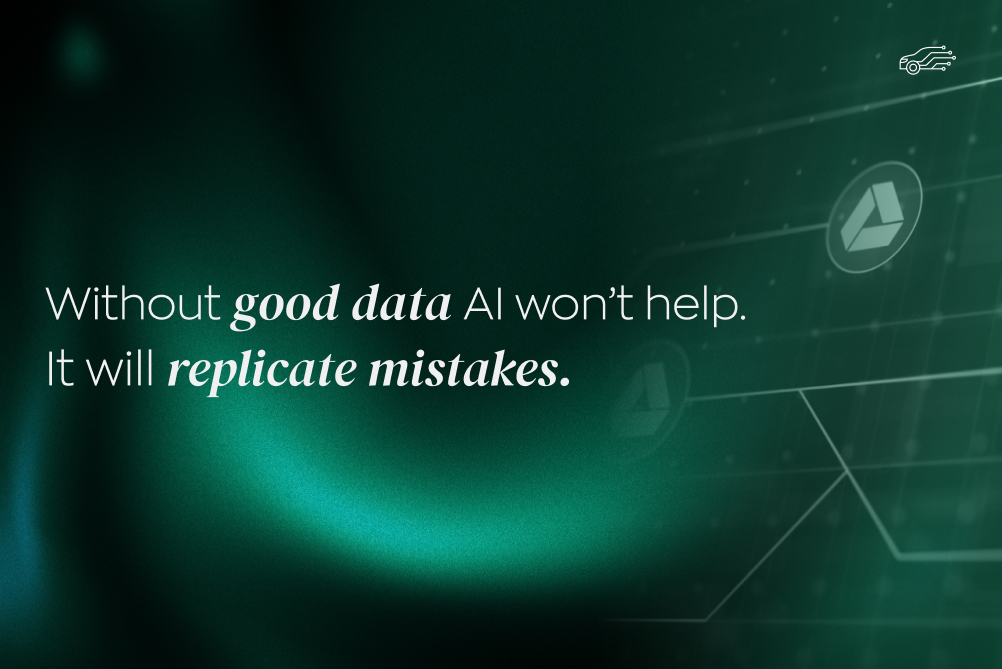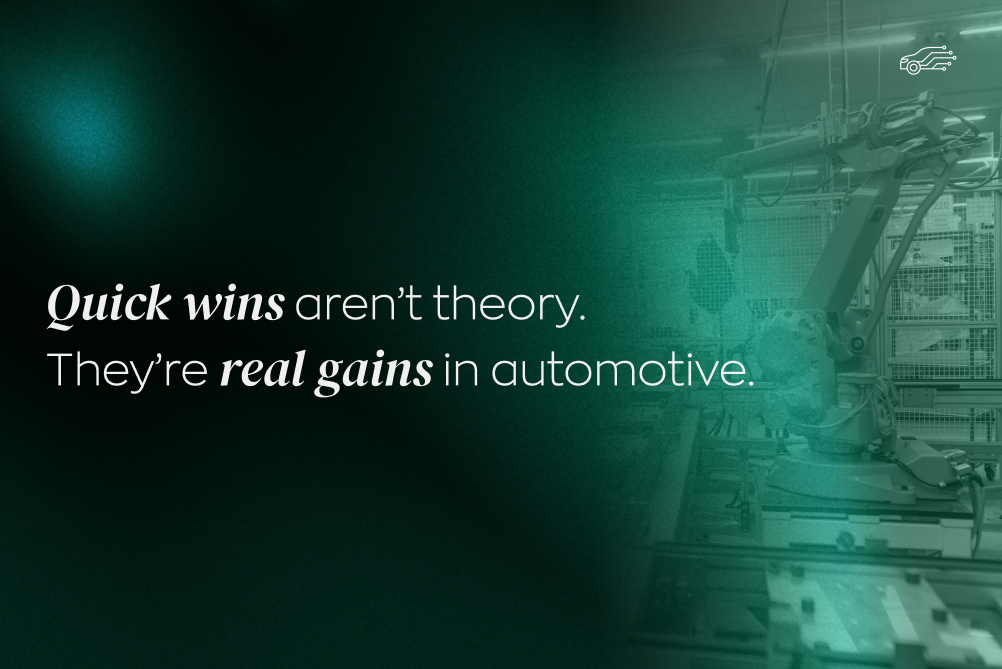Introduction to embedded machine learning
Embedded Machine Learning (ML) represents a revolutionary shift in the technology landscape, driven by the need for more intelligent and responsive user experiences.
This technology, at the intersection of Machine Learning and Embedded Systems, empowers devices to learn from data, make predictions, and improve over time, all on the device itself.
The transformative potential of embedded ML is immense, particularly in the realm of user experience (UX) design. By enabling devices to adapt and respond to user behavior, embedded ML paves the way for more personalized, engaging, and satisfying digital experiences.
As we delve deeper into this fascinating world of embedded machine learning, we'll explore its numerous applications, and how it's revolutionizing the way users interact with technology.
The impact of embedded machine learning on user experience
Embedded ML is fundamentally altering the dynamics of how users interact with technology, primarily by making these interactions more intuitive, personalized, and seamless.
With responsive design, systems learn and adapt to individual user preferences over time, augmenting user engagement and satisfaction.
For instance, recommendation systems on streaming platforms employ embedded ML to curate personalized content, significantly boosting user engagement.
On the flip side, there are potential challenges. As these intelligent systems become increasingly autonomous, concerns about transparency, control, and privacy come to the fore. Users may feel uncomfortable or distrusting of systems that seem to know too much about their habits and preferences.
However, well-implemented case studies, such as Spotify's Discover Weekly playlist or Google's predictive search, demonstrate how embedded ML can improve user experiences when user privacy and control are considered.
These systems not only provide personalized experiences but also allow users to understand, influence, and opt out of data collection processes, thereby balancing personalization and user privacy.
While embedded ML has its hurdles, its positive impact on user experience is undeniable, paving the way for more intelligent, adaptive, and user-centric technological interfaces.
Role of embedded Machine learning in responsive design
Embedded Machine Learning (ML) fundamentally shapes the landscape of responsive web design, fostering adaptive interfaces that cater to user preferences. It enables the design to dynamically adjust based on the user's behavior, context, and device type.
For instance, embedded ML can enhance a user's browsing experience by intelligently auto-adjusting the layout, font size, or navigation based on the device being used, the user's location, or the time of day.
More significantly, embedded ML gives rise to predictive design, a paradigm shift where the design preemptively adapts to a user's anticipated needs. By analyzing user behavior patterns and preferences, the system can offer contextually relevant content, thereby increasing user engagement and satisfaction.
Machine Learning can also streamline the user interface, removing unnecessary elements or repositioning key components based on user interaction patterns, thereby creating a truly user-centric design.
The consequence is that employing ML in responsive design is not without its challenges. It requires a meticulous balance to ensure that personalization does not infringe on user privacy and that the technology does not become overly complex for developers to implement and for users to interact with.
As such, it is crucial to develop ML-enhanced design with transparency, user control, and simplicity in mind. Through utilizing expert software providers, you can ensure you achieve this, effortlessly.
In the end, embedded ML in responsive design is about bridging the gap between user expectations and their online experiences. It is about creating interfaces that not only respond but also anticipate, ensuring a smooth, personalized, and engaging user journey.
Enhancing user engagement with embedded machine learning
Embedded Machine Learning (ML) can significantly augment user engagement by delivering personalized experiences tailored to individual needs and preferences. One effective technique involves analyzing user behavior and interaction data to offer personalized content and recommendations.
This could include articles, products, or services that align with the user's interests, thereby maintaining their engagement and encouraging repeat visits. For instance:
Netflix
Netflix's recommendation engine, driven by ML algorithms, provides a prime example of successful user engagement enhancement. It offers personalized movie and show recommendations based on the user's viewing history, resulting in increased user interaction and time spent on the platform.
Amazon
ML can also be utilized to create dynamic, adaptive interfaces that adjust based on user behavior, providing a seamless and intuitive user experience. Amazon uses ML to dynamically adjust the placement of products and categories on their page based on the user's browsing and purchase history.
This leads to a more personalized shopping experience, thereby enhancing user engagement.
The integration of ML into user interface design and content delivery can lead to a significant boost in user engagement, provided it is implemented with respect to user privacy and transparency.
The key is to leverage ML capabilities to offer relevant content and a customized user experience, without overwhelming or alienating the user.
Adaptive systems: The power of embedded machine learning
Adaptive systems have emerged as a critical aspect of modern user experiences, driven by their ability to learn, predict, and adapt. These systems make use of embedded Machine Learning (ML) models that enable them to adjust their behavior based on observed data patterns.
This adaptability is what makes these systems 'intelligent', as they can evolve to better meet user needs over time.
Machine Learning is the backbone of these adaptive systems. It provides them with the capability to learn from data, make predictions, and improve their performance constantly. This continuous learning cycle allows the system to remain relevant and gradually become more efficient and responsive to the user's preferences and behaviors.
Adaptive systems have found application in numerous domains. Beyond the e-commerce and content recommendation examples of Amazon and Netflix respectively, other notable applications include:
Spotify
Spotify's Discover Weekly playlist is a powerful example of an adaptive system in the music streaming industry. It harnesses the power of ML to analyze user listening habits and suggest new songs that they might enjoy every week.
Google Maps
In the field of transportation and navigation, Google Maps employs ML to adjust routes in real time based on current traffic, ensuring the fastest possible route for the user.
The power of embedded ML in adaptive systems is undeniably transformative. When implemented effectively, it can enhance user engagement, streamline content delivery, and enable personalized, dynamic user experiences.
However, it's crucial to maintain a balance to ensure that personalization does not cross into violation of user privacy or decrease system transparency.
.jpg)
Intelligent interfaces: A new era with embedded machine learning
The evolution of user interfaces has been a journey characterized by innovation and motivated by the pursuit of enhanced user-friendliness. From command-line interfaces to graphical user interfaces and now to intelligent interfaces, the focus has consistently been on improving ease of use, increasing interactivity, and providing personalization.
Embedded Machine Learning (ML) is driving this new era by enhancing interfaces to understand, learn from, and adapt to user behaviors and preferences. Intelligent interfaces go beyond being responsive; they become predictive, offering users what they need even before they ask for it.
This is possible through the application of ML algorithms:
- Analyzing user behavior patterns.
- Predicting user needs.
- Adapting the interface accordingly.
Various domains are already benefiting from intelligent interfaces:
- E-commerce: recommending products based on user history and browsing patterns.
- Content recommendation platforms: suggesting new content based on the user's viewing history.
However, as promising as intelligent interfaces are, they also highlight the importance of strong privacy protocols. Balancing the advantages of personalization with the ethical considerations of data usage, we can harness the power of embedded ML to enhance user experiences while prioritizing user privacy.
Improving user satisfaction with embedded machine learning
Embedded Machine Learning (ML) significantly contributes to improving user satisfaction in numerous ways.
Personalizing user interfaces:
It allows for a tailored experience that caters to individual user preferences. Over time, the intelligent system learns from the user interactions and provides a rich, seamless experience that continually adapts and improves.
These customized experiences inherently boost user engagement and satisfaction.
User feedback
Actively integrating user feedback, coupled with passive behavior tracking, can help machine learning models evolve and enhance their predictive capabilities.
User feedback can yield practical insights into what is working effectively, and what needs improvement. This user-centric approach ensures that the interface evolves along with user needs and expectations, leading to improved satisfaction in the long run.
Measure and optimize user satisfaction:
Key performance indicators (KPIs) such as session length, engagement rate, and customer retention can be monitored and analyzed to better understand user behavior. Advanced analytics powered by ML can provide deep insights into these metrics, guiding businesses in making necessary adjustments to optimize user satisfaction.
Embedded Machine Learning plays a dual role in improving user satisfaction by creating personalized experiences and providing businesses with actionable insights to continually optimize these experiences.
Balancing personalization with privacy considerations, Embedded ML has the potential to revolutionize how we interact with technology, placing the user at the heart of this evolution.
Conclusion: The future of user experience with embedded machine learning
In a world increasingly driven by data and digital interactions, Machine Learning (ML), especially when embedded, is becoming a key tool for improving user experiences.
By enabling personalized and adaptive interfaces, ML is revolutionizing how applications, websites, and digital platforms engage with their users. It provides an avenue for continuous learning and improvement, informed by user feedback and behavior analysis.
The ongoing developments in this field are exciting, with trends such as better privacy-preserving ML algorithms, context-aware applications, and more personalization. These developments promise to further enhance user experiences while ensuring privacy and trust.
Looking forward, the integration of embedded ML into digital user experiences will likely become even more widespread. As this happens, the line between technology and user might blur even more, leading to a future where digital experiences feel intuitive, personalized, and effortless.
The future of user experience with embedded ML is not just about making technology smarter, but also about making it work seamlessly for every individual user.
.jpg)






.png)




.jpg)
.jpg)


.jpg)
.jpg)



.jpg)
.jpg)
.jpg)
.jpg)
.jpg)
.jpg)

.jpg)
.jpg)
.jpg)
.jpg)
.jpg)
.jpg)
.jpg)
.jpg)
.jpg)
.jpg)






.jpg)
.jpg)
.jpg)

.jpg)

.jpg)


.jpg)
.jpg)

.jpg)
.jpg)

.jpg)

.jpg)
.jpg)
.jpg)

.jpg)
.webp)

.webp)


.jpg)









.webp)


.webp)






















